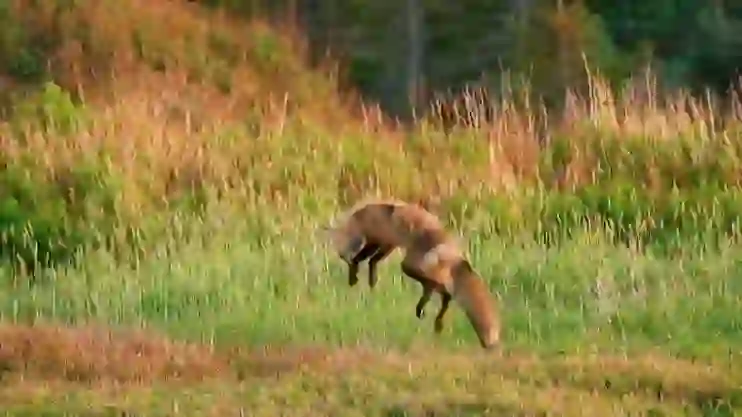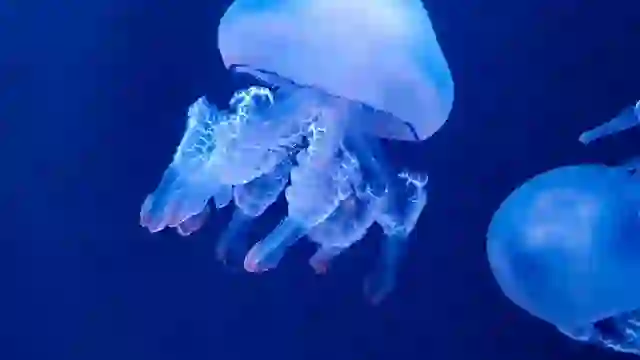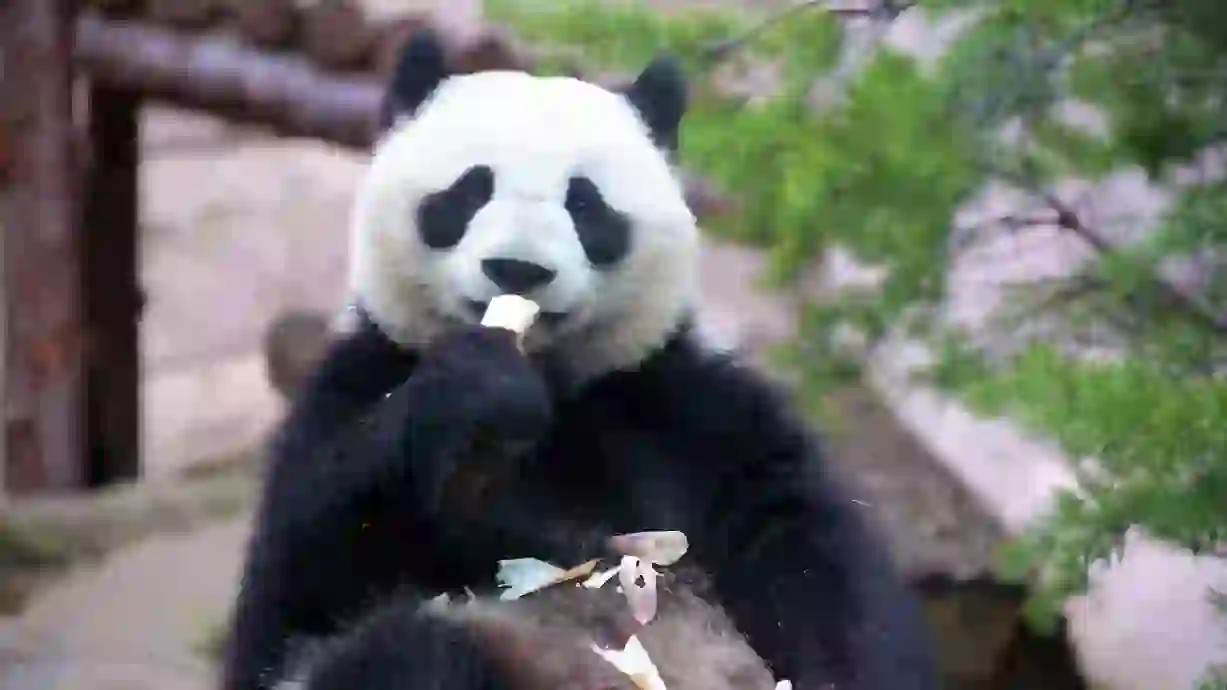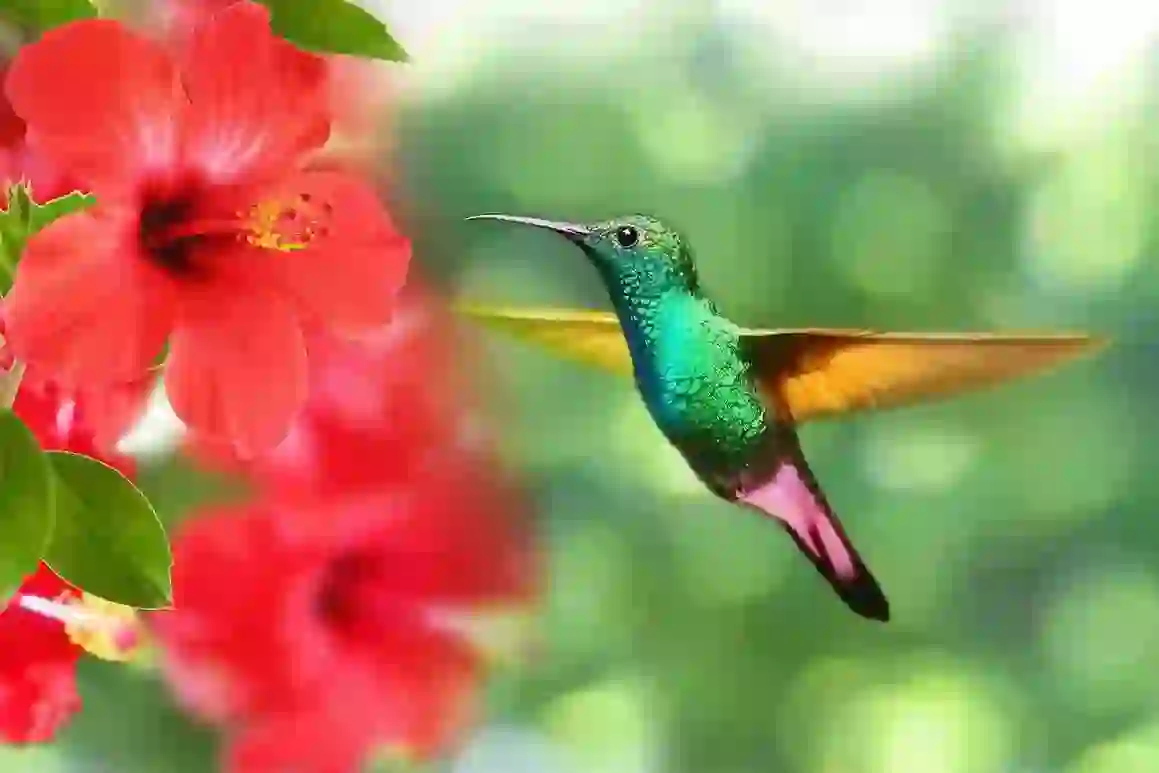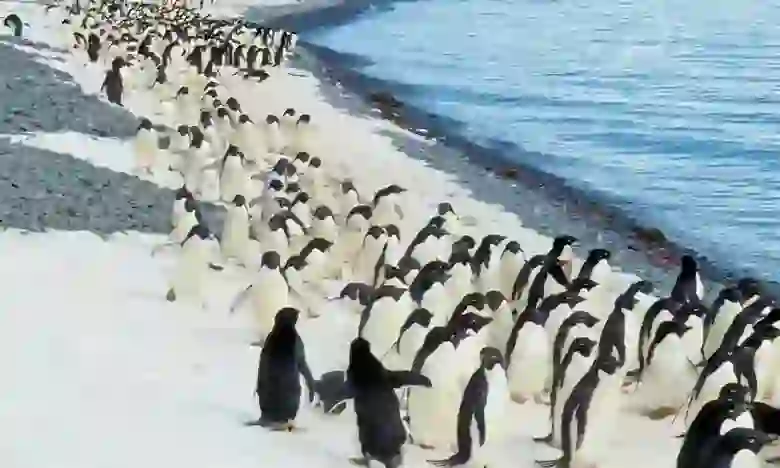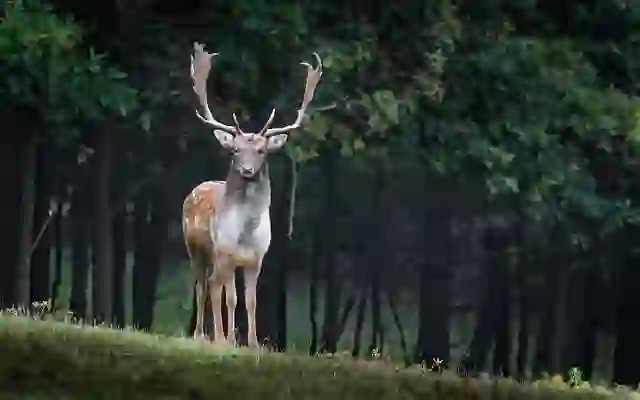
Humboldt Penguin
Humboldt Penguin
Humboldt Penguin
Here's a question for you: 'What is the most commonly kept penguin in Japan?' The answer is the Humboldt Penguin! This bird is bred in various places throughout Japan, so many of you may have seen it at least once. Because of this, Japan is known as a great country for Humboldt Penguins. However, the global population of Humboldt Penguins is decreasing year by year. Why is their number decreasing? Let's dive into the hidden secrets of the Humboldt Penguin!
Humboldt Penguin Basic Infomation

Order: Sphenisciformes, Family: Spheniscidae, Genus: Spheniscus
Height: 68cm
Male: 4.9kg, Female: 4.5kg
Beak length - Male: 17.3cm, Female: 16.4cm
Flipper length - Male: 6.5cm, Female: 6.0cm
Population: 32,000
The Humboldt Penguin's appearance features a black back extending from the top of its head, while its throat and belly are covered with black and white feathers. The area around the eyes and the base of the beak is featherless and pink in color. The beak is thick and black, and the feet are also black. Males and females look alike, making it difficult to distinguish between them, though males are generally larger.
This penguin breeds year-round, with peak breeding months being February and March. If the first breeding fails, they can breed up to three times in the same year. During the breeding season, males land first on the coasts of Chile and Peru to form colonies called 'rookeries'.
They then dig burrows in caves or soil to start nest building. The burrow is lined with vegetation to create a soft bed. After mating, the pair has a strong bond.
Females usually lay two eggs, and both parents share incubation duties over approximately 40 days, leading to the hatching of chicks. Unlike other penguins, Humboldt Penguins do not create crèches (communal nurseries) for chicks.
Parents don't need to go to sea at the same time, allowing one parent to stay at the nest to protect the chick while the other forages. Chicks grow to the size of their parents in about 90 days and gradually lose their fluffy down, which is replaced by adult feathers over about two years.
Humboldt Penguin Q&A

What is the origin of the name 'Humboldt Penguin'?
The explorer Alexander von Humboldt discovered a current off the coast of Peru, which he named the Humboldt Current. It is believed that he also discovered penguins along the coast influenced by this current, leading to the name Humboldt Penguin.
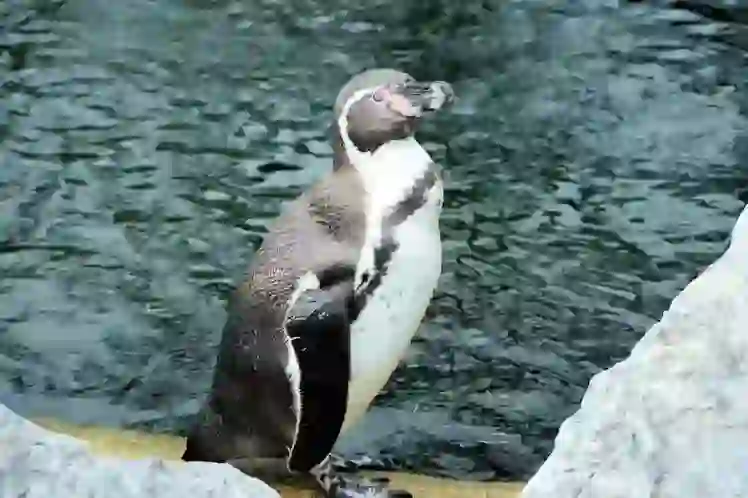
Why do Humboldt Penguins live there?
Humboldt Penguins primarily inhabit areas along the coasts of Chile and Peru where the Humboldt Current flows, such as from Foca Island in Peru to Algarrobo in Chile, extending occasionally as far as Chiloe Island. They prefer these relatively dry regions, though the exact reasons are unclear. However, it could be because their prey, such as anchovies, are abundant around these islands.
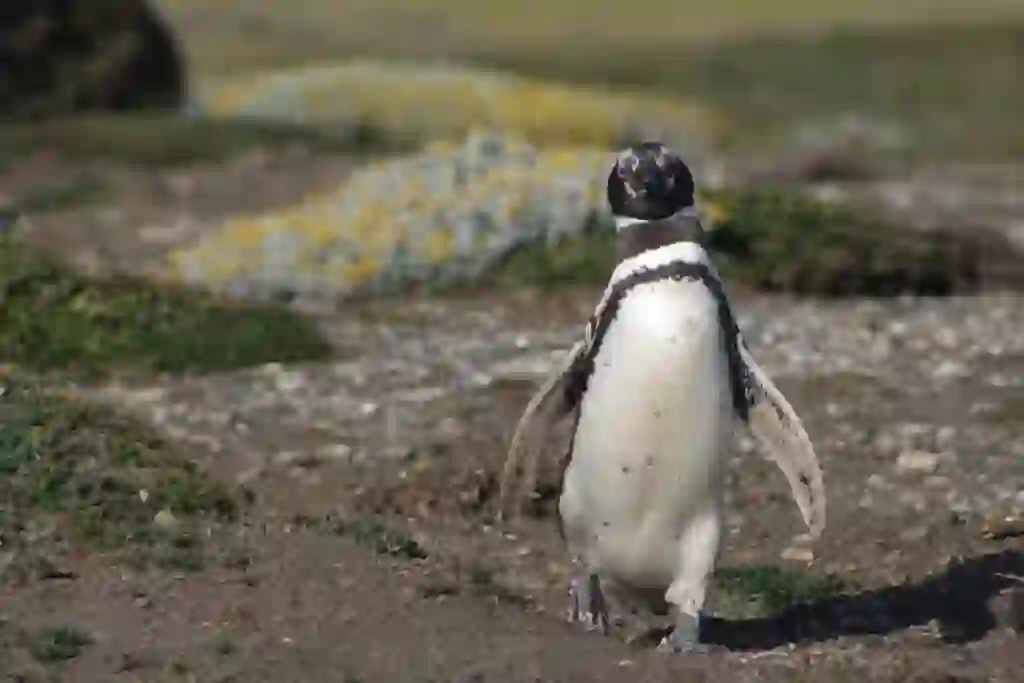
What do Humboldt Penguins eat?
They dive in the sea to eat small fish such as anchovies. Chicks are fed regurgitated fish by their parents.
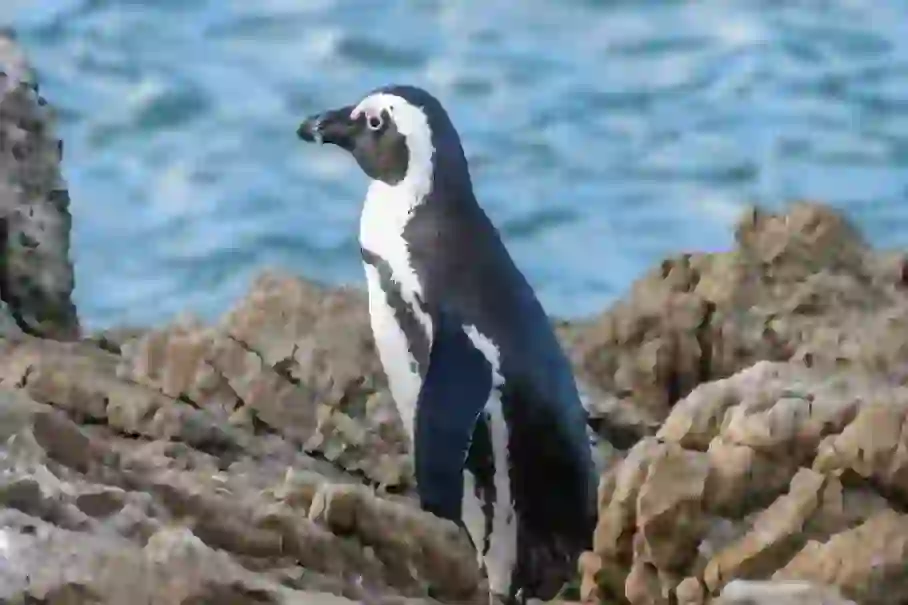
Why are there so many Humboldt Penguins kept in Japan?
The reason is related to the climatic similarities between their main habitats in Chile and Peru and Japan. Let's compare the climates of Chile and Japan. Note that the seasons in Chile are the opposite of those in Japan, with summer from December to February and winter from June to August.
The highest summer temperature in Chile is 29 degrees Celsius, and the highest winter temperature is 14 degrees. In Japan, the highest summer temperature can reach 40 degrees, and the highest winter temperature is also around 14 degrees. Excluding the recent severe summers, the climates of the two countries are quite similar, which, coupled with Japan's advanced breeding technology, has led to the increase in the number of Humboldt Penguins being kept.

I want to know more about the character of Humboldt Penguins!
Humboldt Penguins are said to be shy and cautious. Generally, they are not comfortable with human interaction, but some individuals in aquariums can become quite friendly.
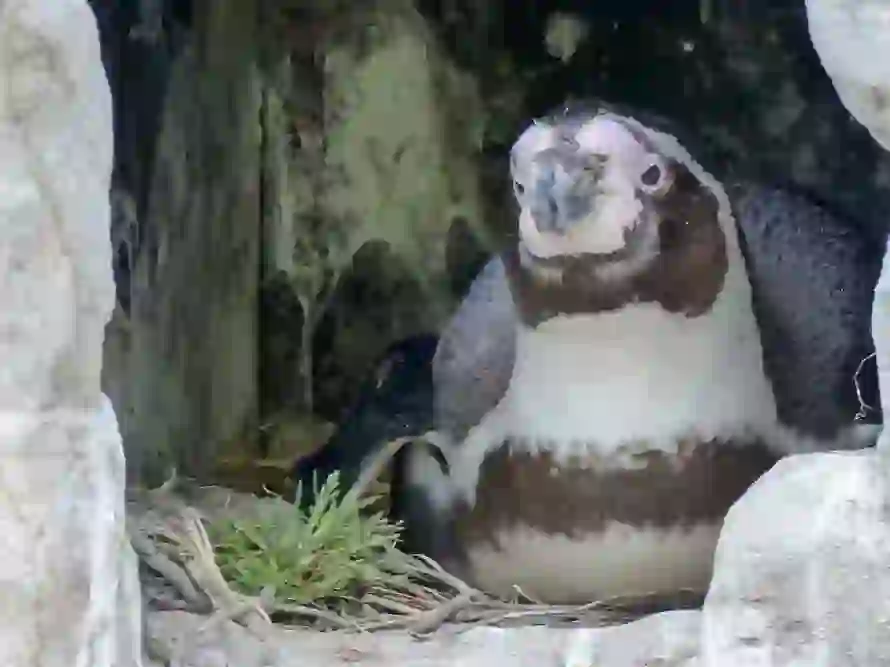
Where can I see Humboldt Penguins?
Currently, there are many places in Japan where Humboldt Penguins are kept. Here are some locations categorized by region (as of November 2021):
[List of various zoos and aquariums across Japan]
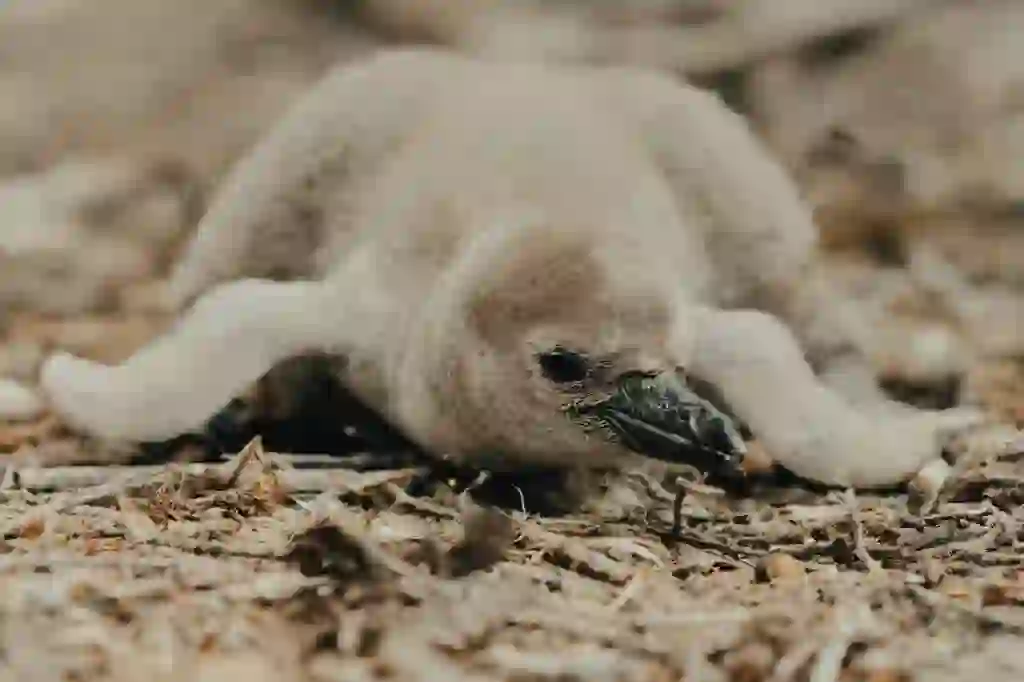
Does the Humboldt Penguin have any natural predators?
The natural enemies of Humboldt Penguins include stray cats and foxes, but perhaps the greatest threat comes from humans.
Humboldt Penguins are currently listed as 'Vulnerable' by the IUCN due to factors such as rising sea temperatures from global warming, fishing industry accidents, and the invasion of non-native species like rats.
The El Niño phenomenon can lead to a decrease in plankton, which diminishes the fish population that the penguins rely on for food, potentially leading to starvation. Also, the increased ability of non-native species to move around has led to more attacks on eggs and chicks. Various conservation efforts are ongoing, not only locally in Chile but globally, and understanding the current situation can also be a way for us to help.
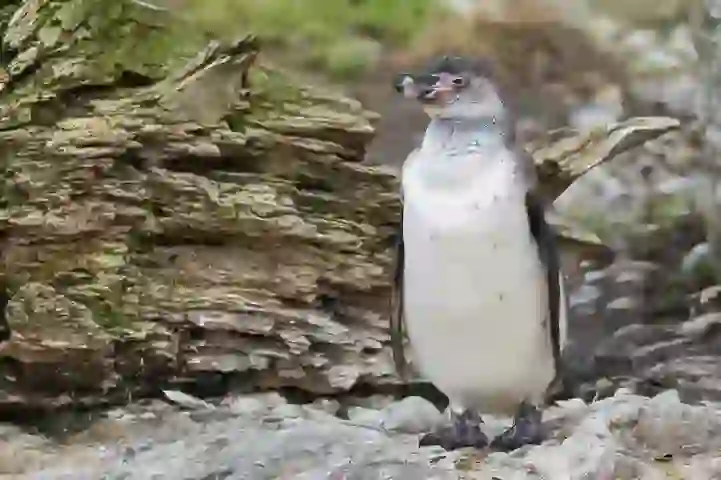
What is the lifespan of Humboldt Penguins?
In the harsh conditions of the wild, Humboldt Penguins can live up to about 30 years.

Would you like to become a part of the 'Animalbook.jp'?
Turn your knowledge into Q&A and share it with the world. ※Publication will be activated after purchase. Let's share information together!
Humboldt Penguin Type of List
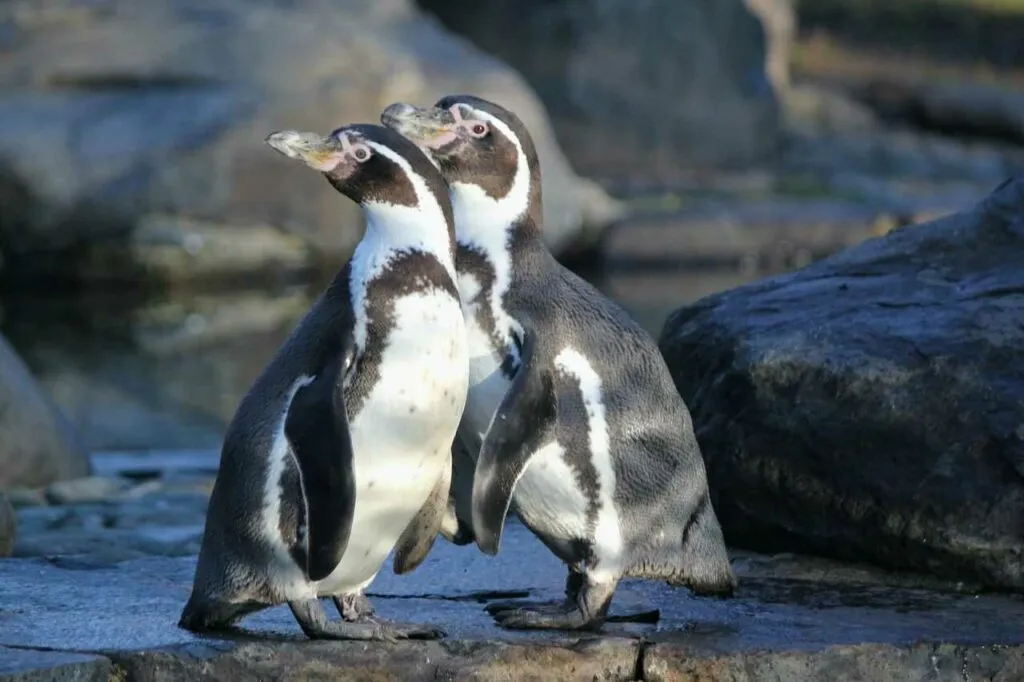
- Humboldt Penguin
Information
Congratulations! You are the first commenter!

Create Your Favorite List!
Humboldt Penguin
Save the animals you love! Build your own list to quickly revisit your favorites later.

Would you like to leave a comment?
※Please note: This is for the purchase of rights to post comments within the article.
Find Your Favorites!
Our shop offers a unique and attractive selection of goods themed around various animals.
Humboldt Penguin References

- ペンギンガイドブック 著者:藤原幸一
- ペンギンライブラリー ホシザキ株式会社 https://www.hoshizaki.co.jp/penguin_island/penguin/
- Pew Charitable Trusts世界のペンギンの保護 https://www.pewtrusts.org/-/media/assets/2015/05/penguinoverviewfinaljp.pdf
- BirdLife International Tokyo もっとも絶滅リスクの高いペンギンはどの種でしょうか? https://tokyo.birdlife.org/archives/world/13126
- 市立しものせき水族館 海響館 こだわりの素材 フンボルトペンギン http://www.kaikyokan.com/181115/
- 下田海中水族館 フンボルトペンギンの孵化 https://shimoda-aquarium.com/pen/
- 市立しものせき水族館 海響館 巣立ちを迎えました! フンボルトペンギン http://www.kaikyokan.com/190312/
Humboldt Penguin Introduction of media used
出典:https://www.pexels.com/ja-jp/photo/9655737/

出典:https://unsplash.com/photos/feA6XFkpYMc

出典:https://pixabay.com/images/id-1057016/

出典:https://pixabay.com/images/id-1388501/

出典:https://pixabay.com/images/id-5648402/

出典:https://pixabay.com/images/id-567366/

出典:https://www.pexels.com/ja-jp/photo/7873837/

出典:https://pixabay.com/images/id-4193062/
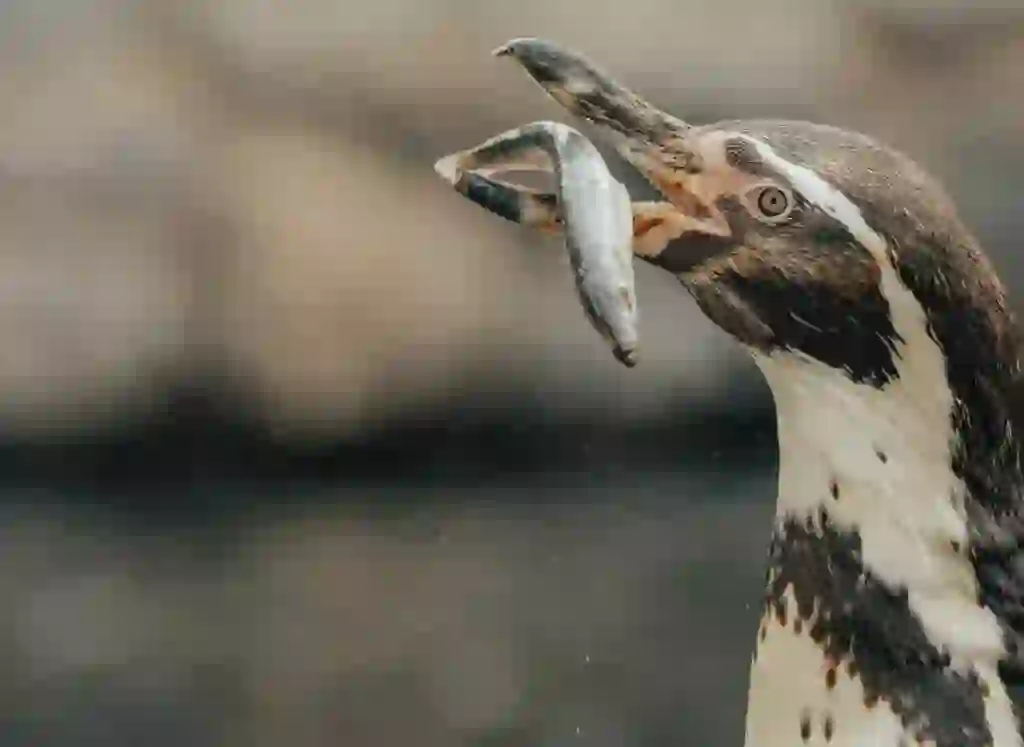
出典:https://www.pexels.com/ja-jp/photo/7873839/
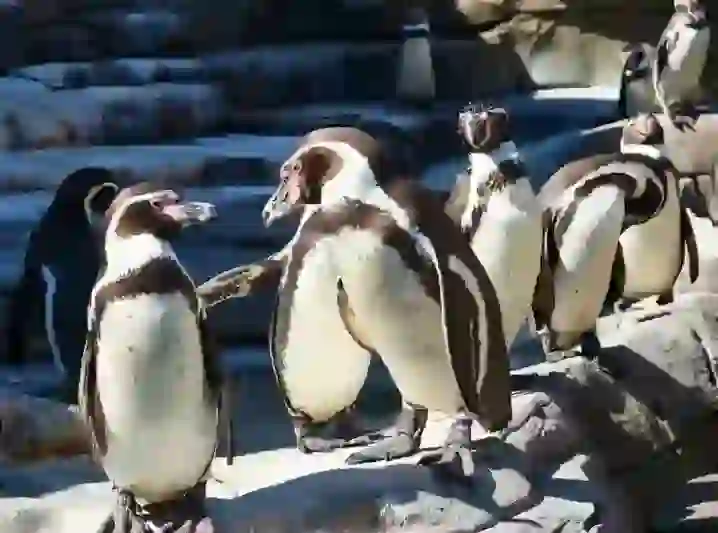
出典:https://pixabay.com/images/id-3771843/
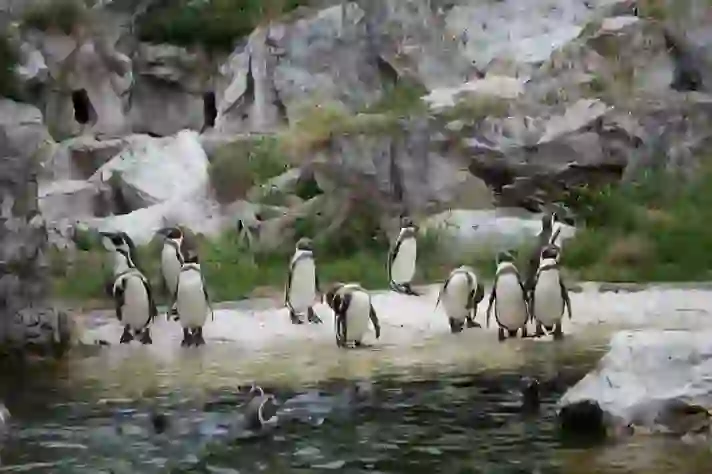
出典:https://pixabay.com/images/id-826678/
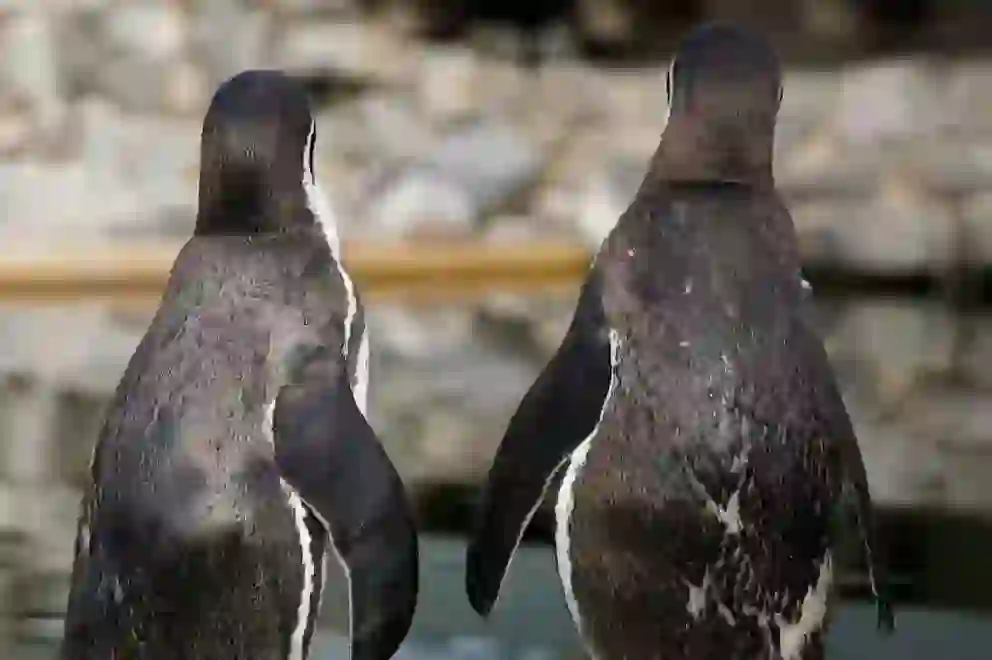
出典:https://pixabay.com/images/id-2204568/

Help Enrich Our Animalbook.jp with Your Media!
We are constantly looking to expand and enrich our Animalbook.jp with amazing photos and videos of animals. If you have any media that you'd like to share, please contribute and help us showcase the beauty and diversity of the animal kingdom. Your submissions will be credited and featured in our encyclopedia, reaching a wide audience of animal lovers.



